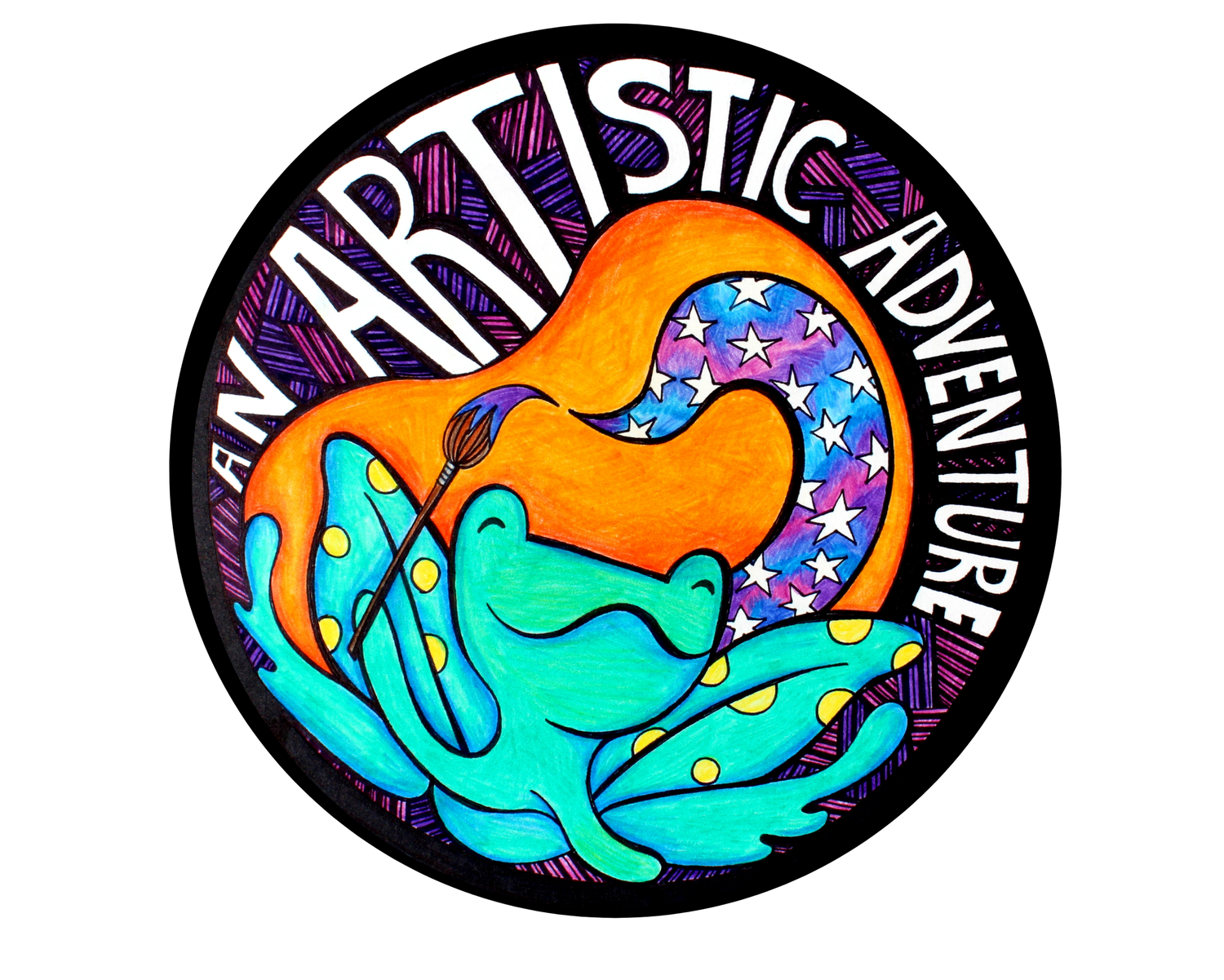Remote Work in the Arts: How Creative Pros Can Thrive Working from Home
Image via Pexels
In the realm of arts and entertainment, remote work has become a catalyst for creative growth and innovation. As digital tools and platforms evolve, artists, musicians, and writers find themselves with unprecedented opportunities to expand their reach. The shift to virtual environments not only breaks down geographical barriers but also fosters collaboration across diverse creative fields. By embracing these changes, creatives can redefine their roles and impact within the industry.
Streamlining Your Application Process Digital Documents
Digitizing important documents related to your job applications and work samples can enhance your efficiency when applying for jobs. Converting physical documents into digital formats ensures your files are easily accessible and searchable. Saving these documents as PDFs maintains consistent formatting across devices and platforms, making them reliable for sharing. When adjustments are necessary, following the best practices to edit PDFs—such as using a quality PDF editor—allows you to make modifications without the hassle of converting to another format, preserving the integrity of your documents.
Unveiling Virtual Art Exhibitions
Artists can transcend continents by using virtual exhibition platforms to display their work to a global audience. These platforms offer a range of tools and software that enable artists to create immersive and interactive galleries, enhancing the viewer’s experience. By supporting various media formats such as videos, images, and live streams, these platforms ensure that artists can present their work in the most engaging way possible. Additionally, features like high-quality audio-video streaming and customizable video tiles allow for a seamless and professional presentation, crucial for maintaining the integrity of the artwork.
Collaborating Musically with Cloud-Based Tools
Leveraging cloud-based collaboration tools allows you to work with fellow musicians and producers in real-time, no matter where they are in the world. These platforms have revolutionized the music industry by providing features like version control and extensive libraries of audio samples, enabling seamless remote collaboration. By using these tools, you can avoid the logistical challenges and costs associated with traditional studio sessions, such as travel expenses and scheduling conflicts. Embracing these technologies can significantly expand your creative network and streamline the music-making process, fostering innovation and efficiency.
Selling Art Directly Online
Leveraging online platforms to sell your creative works directly to consumers can boost your reach and profitability. With the rise of specialized platforms, artists now have unprecedented opportunities to showcase their art to a global audience. These platforms cater to diverse art forms, including paintings, photography, and even virtual reality environments, allowing you to connect with collectors and art enthusiasts worldwide. By tapping into these digital channels, you can not only expand your customer base but also capitalize on the increasing acceptance and appreciation of digital art among Millennials and Gen Z.
Writing for the Podcast Boom
In the rapidly expanding podcast industry, writers have a unique opportunity to leverage their storytelling skills in new and innovative ways. Unlike traditional radio, podcasts offer a platform where both narrative depth and investigative journalism can shine, thanks to the integration of sound design and storytelling techniques. As a writer, you can transform conventional storytelling methods to suit audio formats, creating engaging content that captivates listeners and builds a community around your work. Embracing this medium not only broadens your creative horizons but also positions you at the forefront of a dynamic and evolving industry.
Unlocking Opportunities in Niche Art Markets
Identifying niche markets such as digital art or film editing can open up lucrative work-from-home opportunities. By creating specialized workshops tailored to these specific interests, you can cater to a growing demand for skill development in these areas. For instance, digital art, which includes digital painting and 3D modeling, appeals to both traditional artists transitioning to digital media and those exclusively using digital tools. Similarly, film editing is a critical skill in the entertainment industry, with a constant need for professionals who can bring creative visions to life.
Understanding Contracts in Remote Artistic Collaborations
If you are engaging in remote artistic collaborations, establishing clear contracts and agreements is crucial to protect your intellectual property and ensure fair compensation. These legal documents, such as confidentiality agreements and licensing contracts, serve as a foundation for trust and transparency among collaborators. By clearly defining ownership rights and responsibilities, you can prevent potential disputes over creative contributions and revenue sharing.
The digital transformation in the arts offers a wealth of opportunities for creative professionals to explore new horizons. By integrating digital tools into their workflows, artists can enhance their productivity and broaden their audience reach. Embracing these changes can lead to a more fulfilling and successful career in the arts.
Embark on An Artistic Adventure with Matilda’s captivating artbooks, custom creations, and inspiring podcasts—your journey into a world of creativity and connection awaits!

